Riguardo
a una fortezza nei pressi di Niederleis già è
accennato nel 1309, così come si cita una famiglia
di nome “de Leizze”. Dopo la metà del dodicesimo
secolo pare che questa stirpe non abbia più avuto discendenza
e la zona sia passata spesso da un proprietario all’altro.
Gli Svedesi, ricordati con gli scavi di Buschberg, devastarono
così profondamente il castello e l’insediamento,
che i proprietari di allora, i Poppel di Lobkovitz, non lo
vollero più ricostruire e vendettero il possedimento
al convento di Heilingenkreuz (1651), a cui è rimasto
fino al 1867 quando fu acquistato dalla casata dei Schaffgotsch,
che ancora oggi sono proprietari del castello. Negli ultimi
decenni il castello è stato restaurato completamente
e riposizionate anche le storiche vasche d’acqua.
All’interno del castello che è visitabile su
richiesta, troviamo molti mobili tedeschi ed italiani, pregevoli
tappezzerie spagnole e arazzi fiamminghi oltre ad una grande
e antica croce del XIV secolo attribuita alla Scuola di Giotto
e posta sopra l’altare barocco spagnolo nella cappella
. (Fonte/Quelle: Heimatbuch des Verwaltungsbezirkes Mistelbach).
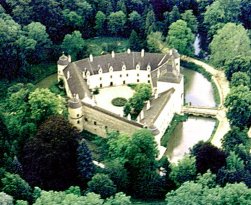
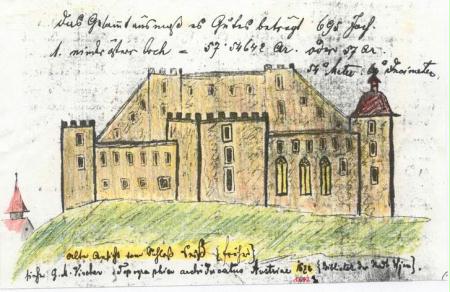
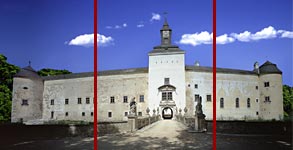
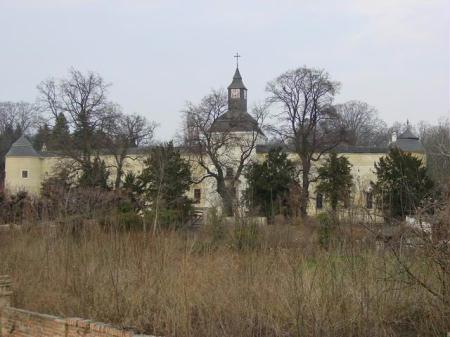
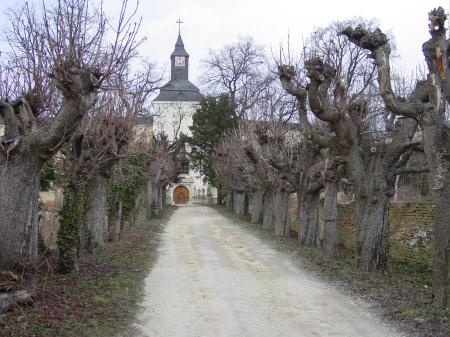
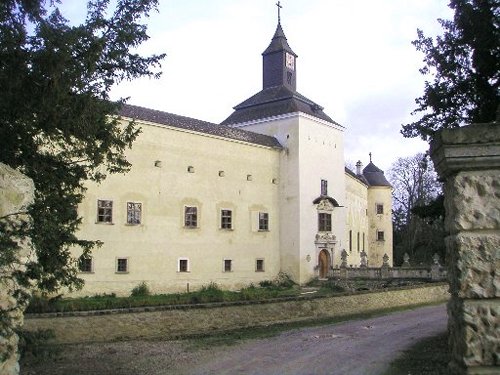
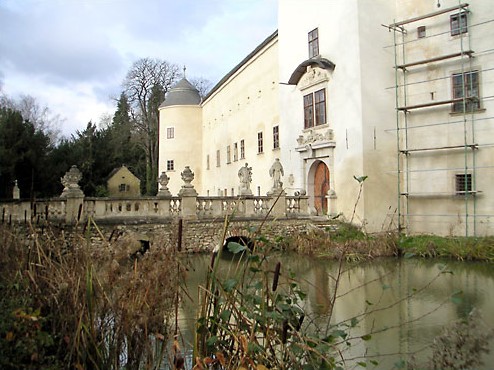
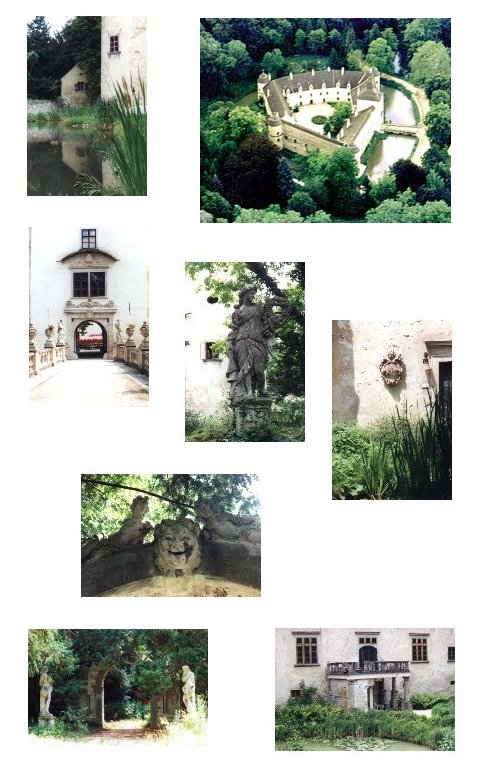
[Text
auf Deutsch - die Bilder sind oben]

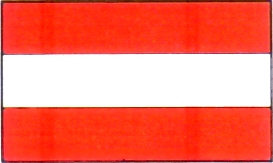
Schloss
Niederleis
Im
Bezug zu einer Festung in der Nähe von Niederleis, wie
schon 1309 erwähnt wurde, dass eine Familie Namens "von
Leizze" dort war. Nach der zweiten Hälfte vom zwölften
Jahrhunderts ist nicht klar, ob es Nachkommende gab, und seitdem
gehörte die Siedlung zu verschiedene andere Besitzer
nachheinander.
Die
Schweden, die man noch bei den Ausgrabungen in Buschberg erinneren
kann, verwüsteten das Schloss und die Siedlung so sehr,
dass die dahmalige Besitzer, die Poppels von Lobkovitz, sie
nicht mehr aufbauten sondern verkauften das Ganze dem Frauenkloster
von Heilingenkreuz (1651) zu dem bis zu 1867 gehörte,
bis von der Familie Schaffgotsch erworben wurde (Graf Wallis),
die heuzutage noch Eigentümer der Burg sind.
In den letzten
Jahrzehnten ist die Burg ganz wiederhergestellt worden und
auch die historischen Wannen von Wasser wi edergelegt wurden.
Im Schloss (Besichtigung
auf Befragen), findet man viele Möbel aus Deutschland
und In, wertvolle spanische Tapeten und flämische Gobelins,
ein großes und altes Kreuz aus dem XIV. Jahrhundert,
das zur Schule von Giotto zugeschrieben wird und über
dem spanischen barocken Altar in der Kapelle hängt.

[Text
in English - the images are above]


SCHLOSS NIEDERLEIS
The fortress of Niederleis was cited as
early as 1309, along with the citation of a family of the name
"de Leizze." After the first half of the twelfth century it
seems that this lineage had no further descent and that this
area often passed from one owner to the next.
The Swedish, as brought to light by the excavations of Buschberg,
destroyed the castle and settlement so profoundly that the owners
of the time, the Poppels of Lobkovits, no longer wanted to rebuild
and sold the property to the convent of Heilingenkreuz (1651),
to whom it belonged until 1867. In this year Maximilian met
with Count Wallis to buy it, and the son of the former began
the line of the Schaffgotsch, who own the castle to this day.
In recent decades the castle was completely restored and its
historic pools of water were re-positioned.
Within the castle, which may be visited upon request, one finds
much German and Italian fur-niture, valuable Spanish tapestries
and Flemish arrays in addition to a large cross above the baroque
Spanish altar in the chapel.
